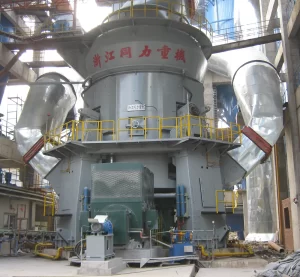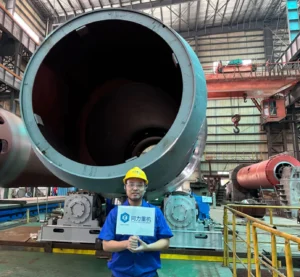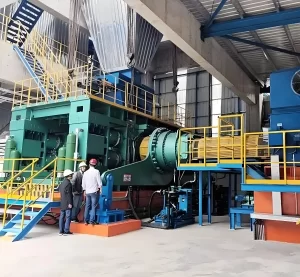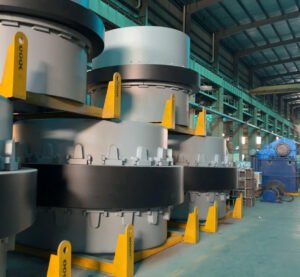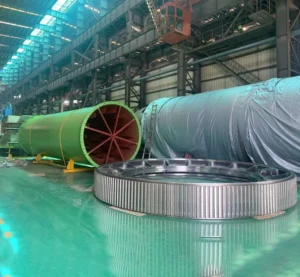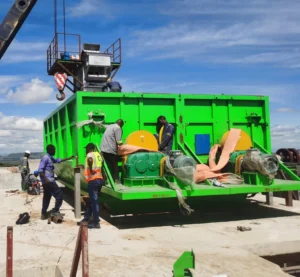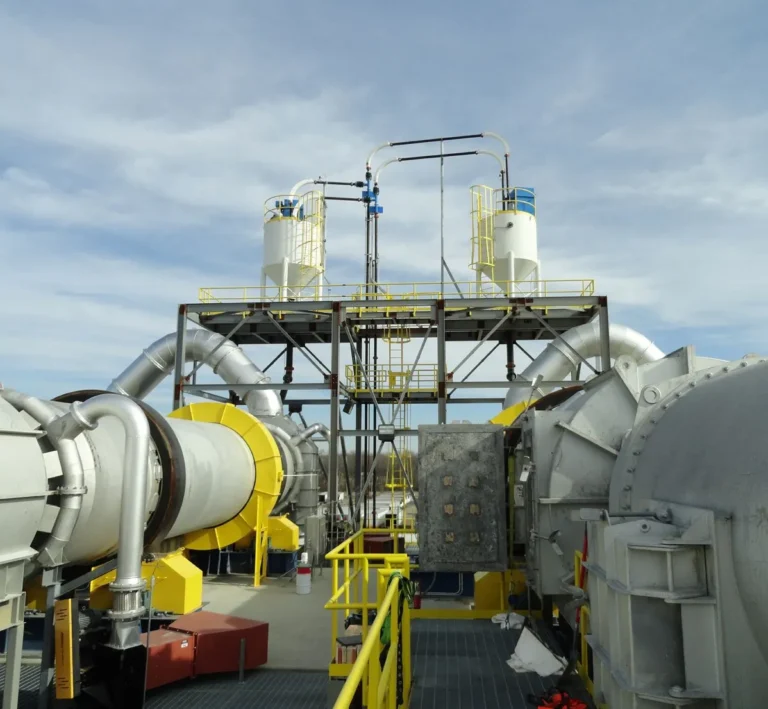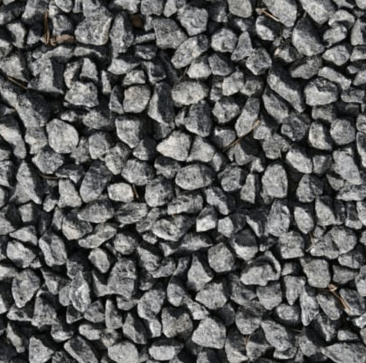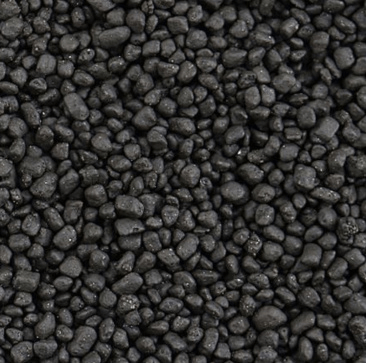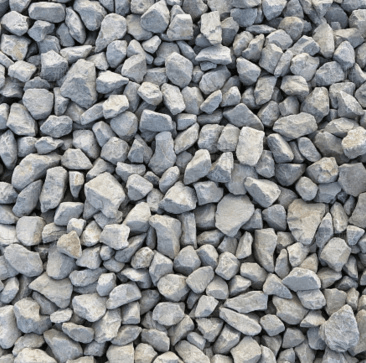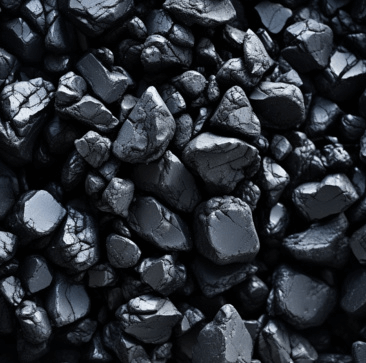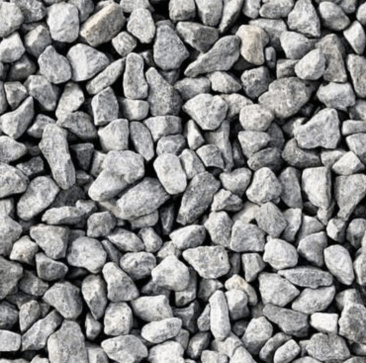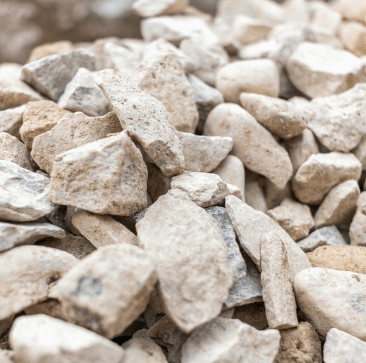-
1. How to choose a suitable dryer?
1. First of all, you have to choose according to the characteristics of the material. The moisture content, particle size, thermal sensitivity, etc. of different materials determine the type of dryer. For example, coal slime and sludge need to handle a large amount of materials with high humidity, which are suitable for rotary dryers, while for materials with small particles and fast drying, such as sand or sawdust, fluidized bed dryers will be more efficient.
2. Secondly, the process route is also a key factor. The dryer needs to work well with other equipment on the production line to ensure smooth material transmission and processing. If the production line requires continuous production, equipment that can operate stably for a long time, such as belt dryers, should be selected. If the material needs to be processed in multiple steps, composite drying equipment can effectively reduce processing time.
-
2. What is the working principle and process of the dryer?
1. The rotary drum dryer dries the wet material in the drum by rotating the material to fully contact the hot air flow. The material enters from the feed end and is constantly turned over as the drum rotates, fully exposed to the hot air, and the moisture evaporates.
2. Hot air can be supplied in a co-current or counter-current manner. Co-current is suitable for materials with high water content, while counter-current can improve drying uniformity. In terms of process routes, materials can be pre-treated according to different needs, such as crushing or screening, to make the material particles uniform and improve drying efficiency. For materials with finer particles such as compound fertilizer and sand, it is necessary to pay attention to controlling the temperature and speed to avoid excessive drying or sintering of the materials;
3. For highly viscous materials such as coal slime and sludge, stirring devices are often used to prevent adhesion to the drum wall. In addition, the drum dryer can be equipped with different forms of lifting plates according to different materials to ensure that the materials are evenly distributed during the drying process.
-
3. How to improve the drying efficiency of the dryer?
1. First of all, material handling is crucial to ensure that the materials are supplied in appropriate quantities and at a uniform speed to prevent accumulation and improve drying quality. Try to dry the same batch of materials at one time to achieve a more uniform drying effect. In terms of equipment setting, the dryer should be placed in a stable, horizontal, and well-ventilated position to help evenly distribute heat.
2. The placement and density of materials should also be noted to avoid being too dense to ensure unobstructed hot air circulation. Temperature control should be appropriate to avoid lifting and lowering speeds too fast or too slow to maintain uniform temperature. Regularly check and replace aging parts, clean heat transfer pipes and ventilation equipment to ensure that the equipment is in good condition.
3. In addition, filters should be checked regularly to ensure that they are clean to maintain smooth hot air flow. In terms of equipment structure and design, thermal analysis should be performed to find locations with uneven temperatures, and increase circulating air or adjust the direction of the air to improve the uniformity of temperature distribution. Adjusting the power, position or number of heaters can also improve the heating effect. Adding vents, partitions and using auxiliary tools can further optimize the drying effect.
-
4. What equipment does a dryer production line include?
1. The production line includes material pre-treatment equipment such as crushers and screens to process the material to the appropriate particle size and shape. Next, a conveying system such as a belt conveyor or screw conveyor transports the material to the dryer.
2. The dryer itself is the core of the production line. Types include rotary dryers, belt dryers, or fluidized bed dryers, selected according to the material and production needs. Heat source systems such as burners, electric heaters, or steam generators provide the necessary heat for the drying process.
3. After the dryer, cooling equipment such as cooling drums or coolers cool the dried material and prepare it for further processing. Screening and grading equipment are used to classify the dried material to ensure that it meets the specifications.
-
5. What materials can be dried with a drum dryer?
1. The drum dryer can effectively handle a variety of materials. It is mainly used to dry materials such as ore, coal slime, sand and gravel, building materials, and fertilizers. In the mining and building materials industries, drum dryers are used to process ore, sand and gravel and stone to improve the utilization rate and quality of materials.
2. In the fertilizer industry, it can dry various organic and inorganic fertilizers to ensure that the product reaches the required moisture content. In the coal mining industry, drum dryers are used to dry coal slime to improve the calorific value and combustion efficiency of coal.
3. In addition, in the pharmaceutical and food processing industries, drum dryers are also used to dry pharmaceutical raw materials and food materials to ensure their preservation and processing quality.
-
6. What are the advantages of Tongli dryer?
1. Tongli dryer relies on many years of rich production experience and industry accumulation, advanced hot air circulation system and precise temperature control technology to ensure the high efficiency and uniformity of material drying.
2. Tongli equipment adopts high-quality materials and strict manufacturing process to ensure the long-term stable operation of the equipment in various harsh environments. Customized solutions are Tongli’s strengths. It provides personalized design and configuration according to the needs of different customers, adapting to a variety of materials and production processes.
3. Finally, the perfect after-sales service ensures that customers can get timely support and maintenance during use, further improving the use experience of the equipment.

